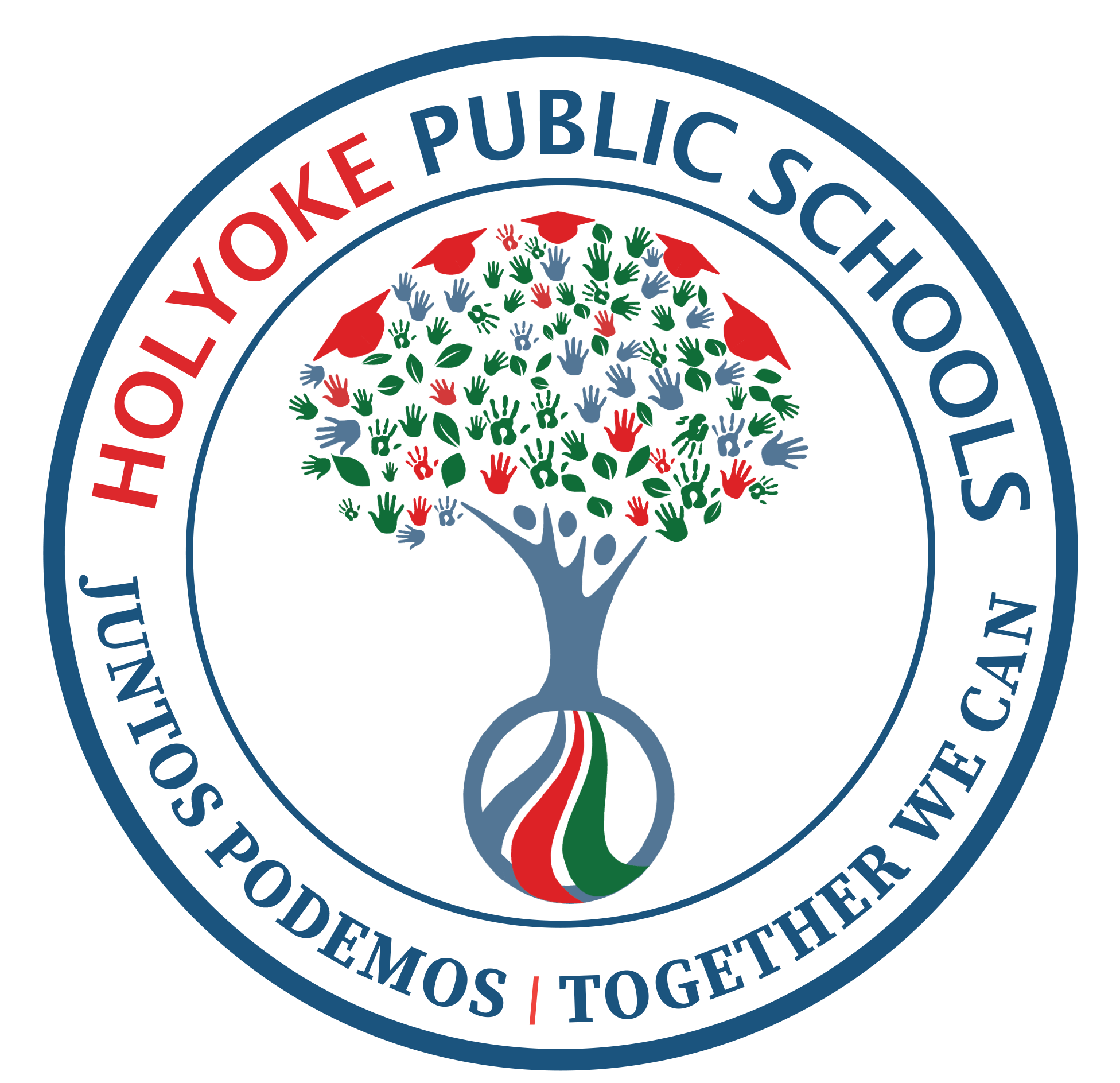Social-emotional learning activities are continuing this spring across classrooms for Holyoke students in grades K-9, teaching students important skills such as understanding, inclusion, and listening using materials from the TRAILS Social and Emotional Learning (SEL) curriculum.
At Sullivan, English-language arts teacher Olivia Rivera focused on empathy during a recent lesson with her 8th grade students. Mrs. Rivera explained the difference between empathy and sympathy, and challenged students to consider how recognizing diversity can lead to stronger connections.
For middle school students, social-emotional learning is especially important, she said. It’s an age where students are learning about themselves—and with guidance and support in their classrooms, they can learn about others, too.
Students agree that these lessons are important. Empathy is critical “because our lessons show us how we can interact with each other,” says Adrianna Serrano, one of the students in Mrs. Rivera’s class.
The TRAILS curriculum is based on developmentally appropriate, brief lessons that focus on student safety, health, and wellness. Research shows that implementation of SEL is associated with increases in students’ academic achievement, test scores, self-regulation skills, and overall wellness; and decreases in classroom behavior problems. SEL also helps prevent student stress, depression, and anxiety.
Social-emotional learning concepts are also taught to preschool students as a part of the preschool curriculum, Three Cheers for PreK.

